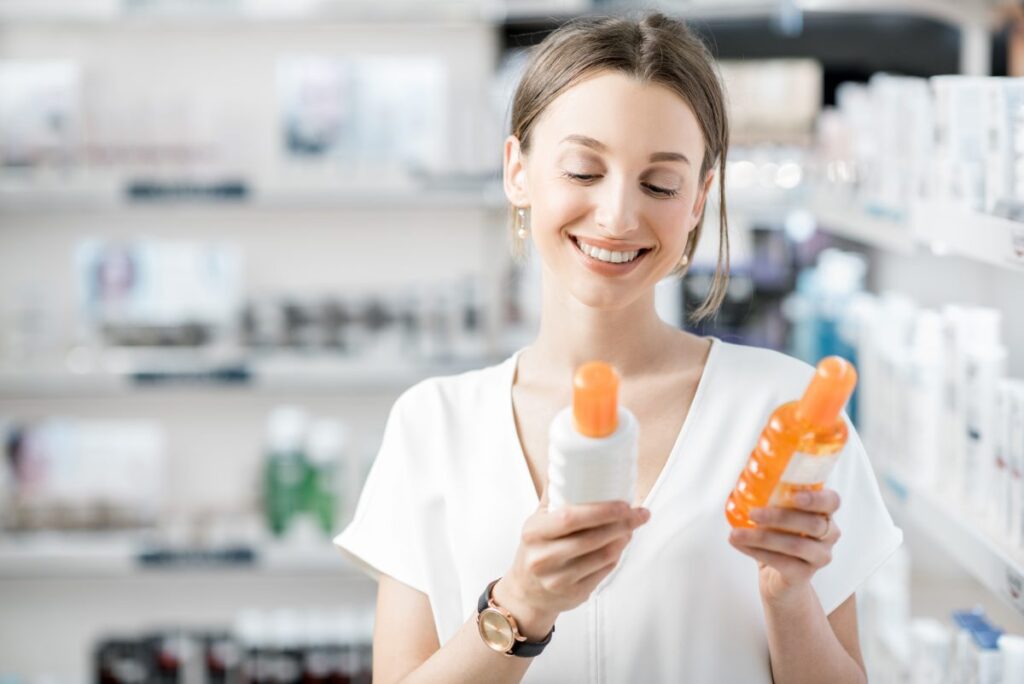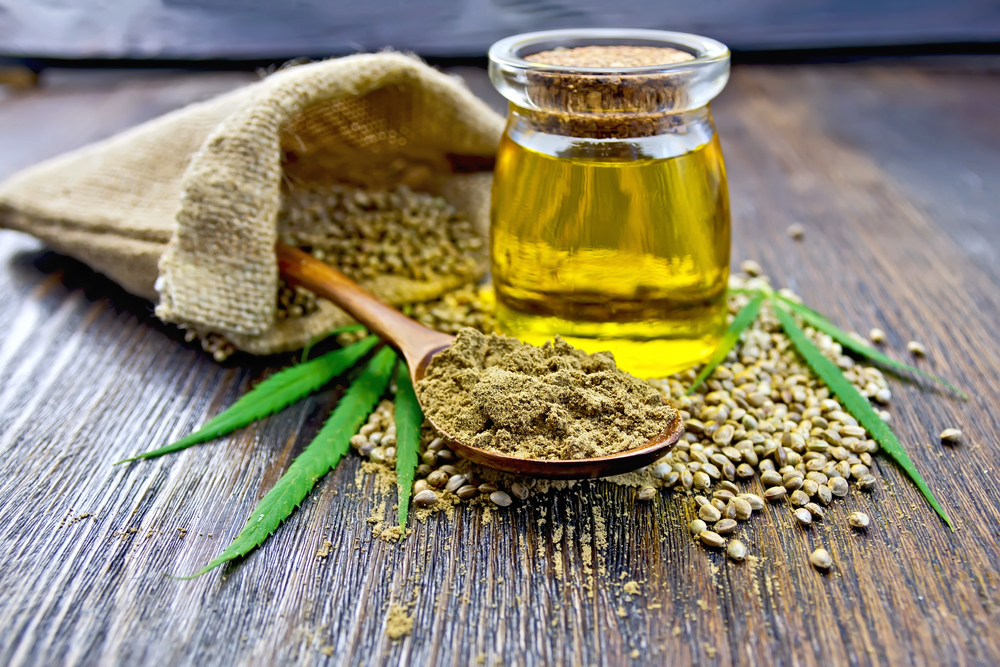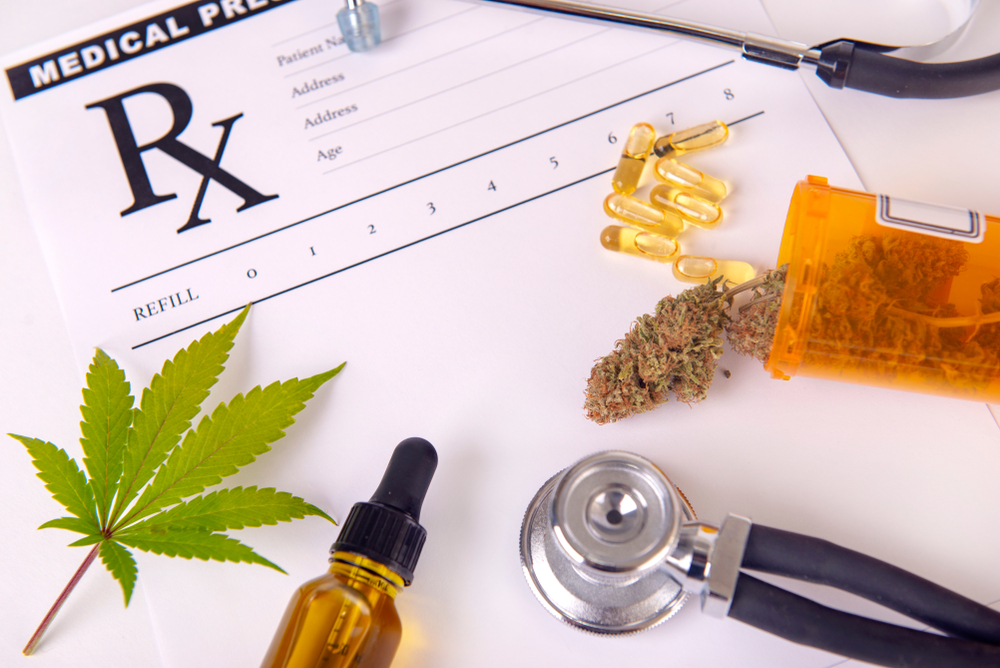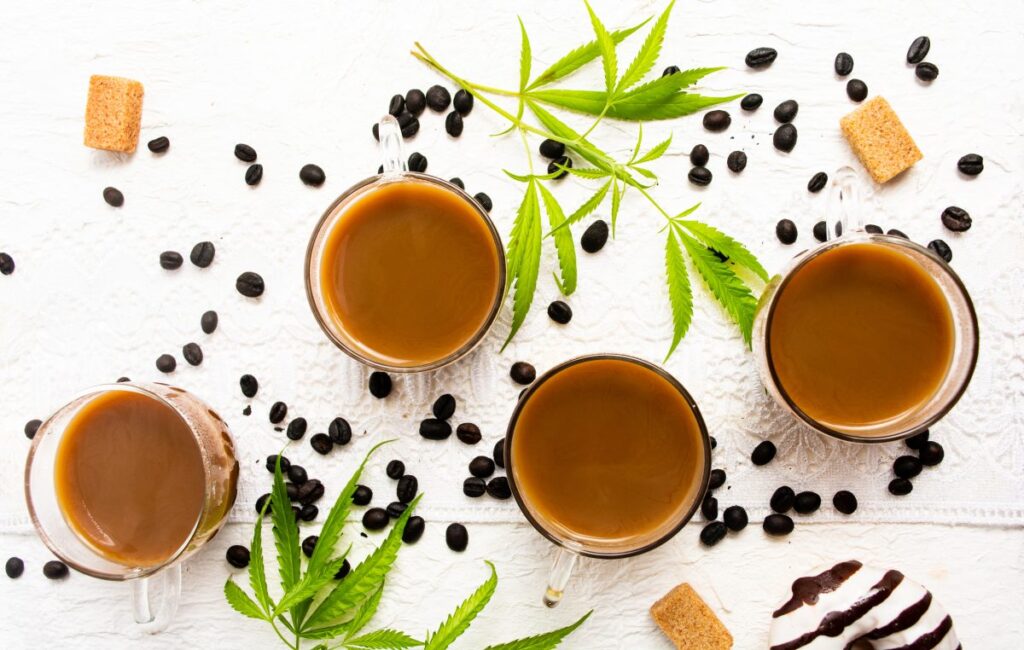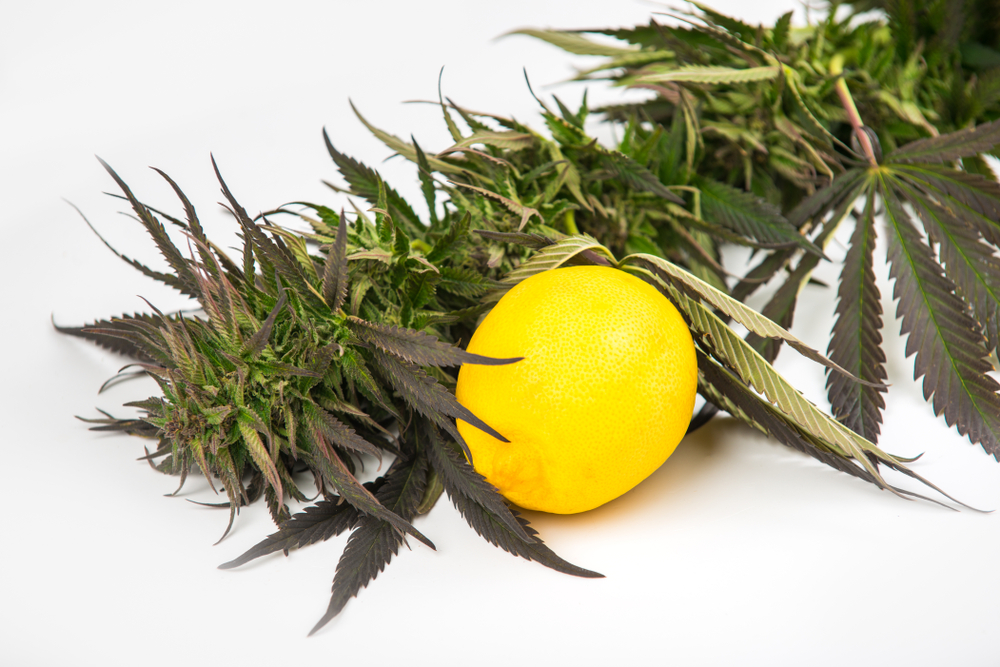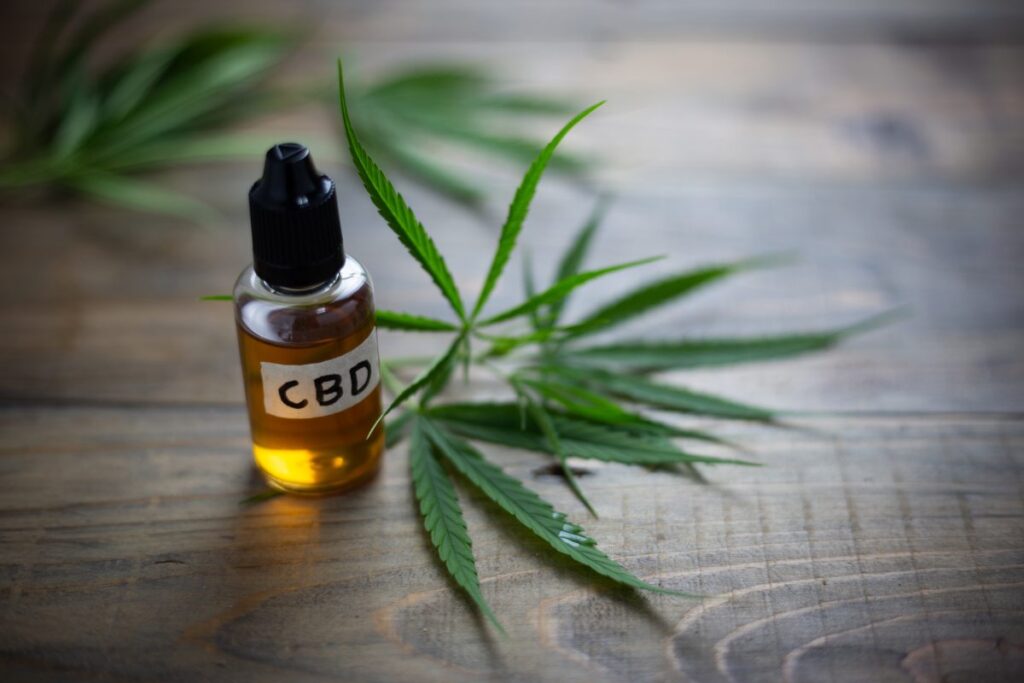SōRSE News & Blog
Home > News/Blog
More results...
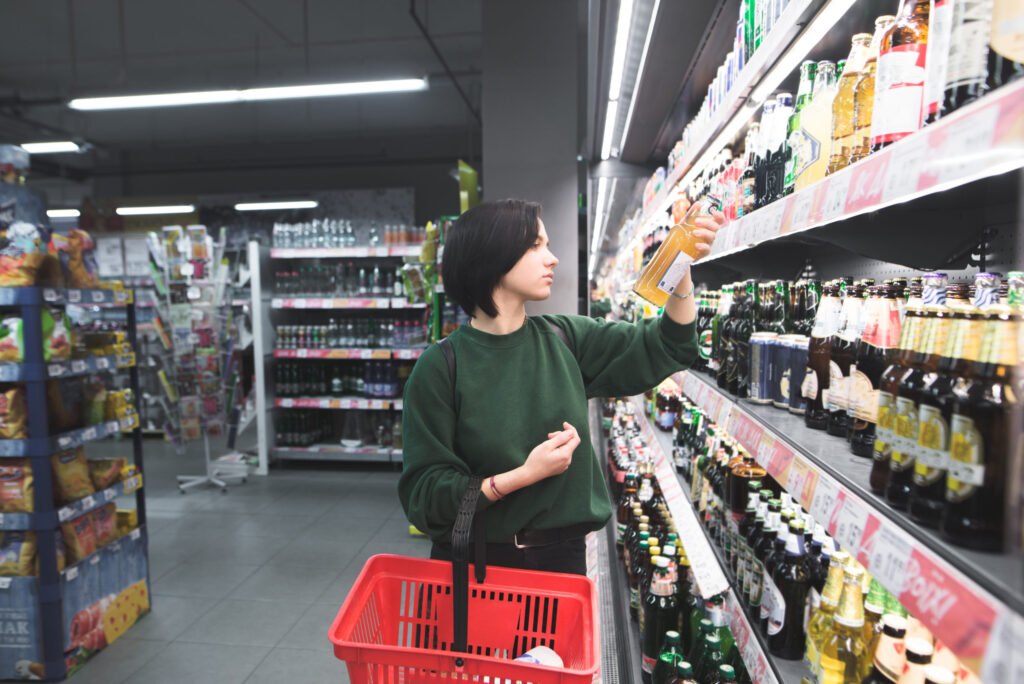
What Does The Future of Cannabis Consumption Look Like?
Imagine a hosting a BBQ on a hot summer day five years from now…
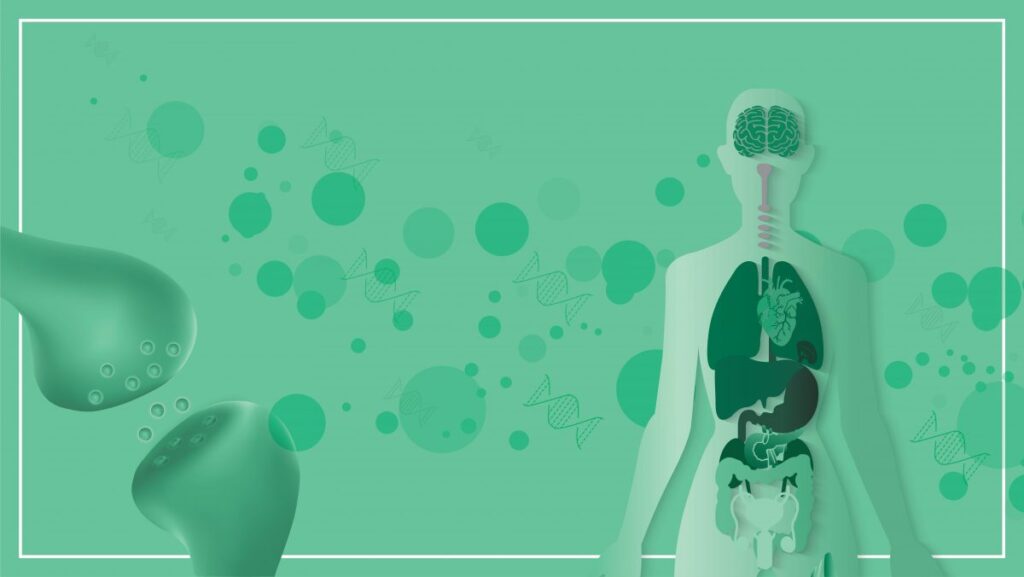
Educating the Consumer on Cannabis and the ECS
Let’s start at the beginning of the Endocannabinoid System.
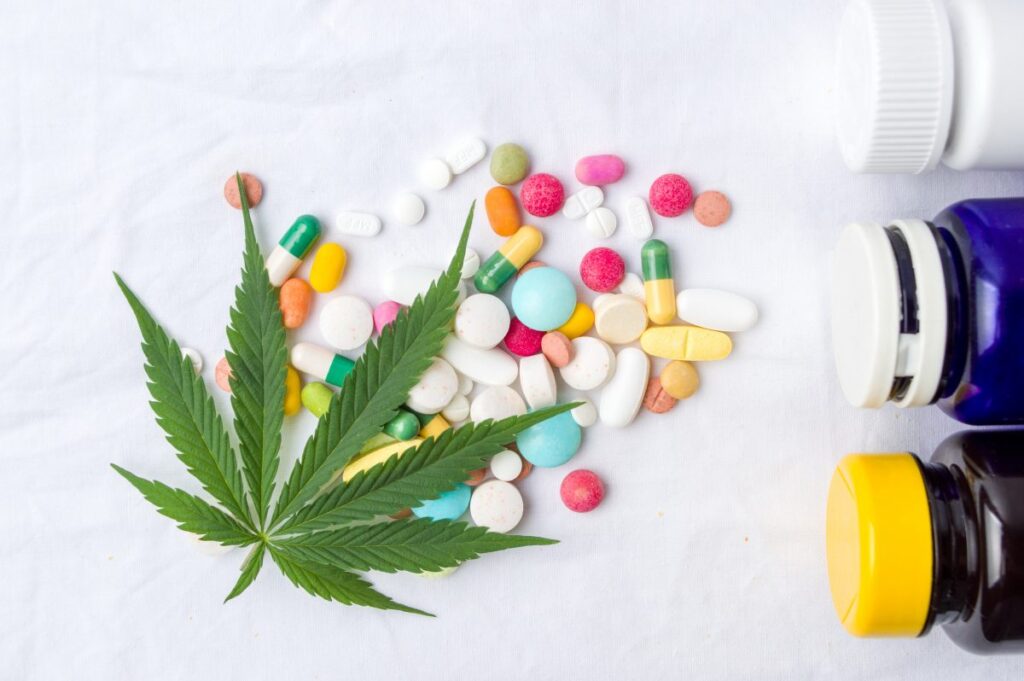
Cannabis & Western Medicine Working Together
Botanical options can and do live alongside their Western counterparts in the medicine cabinet.
- « Previous
- 1
- 2
- 3
- 4
- Next »









